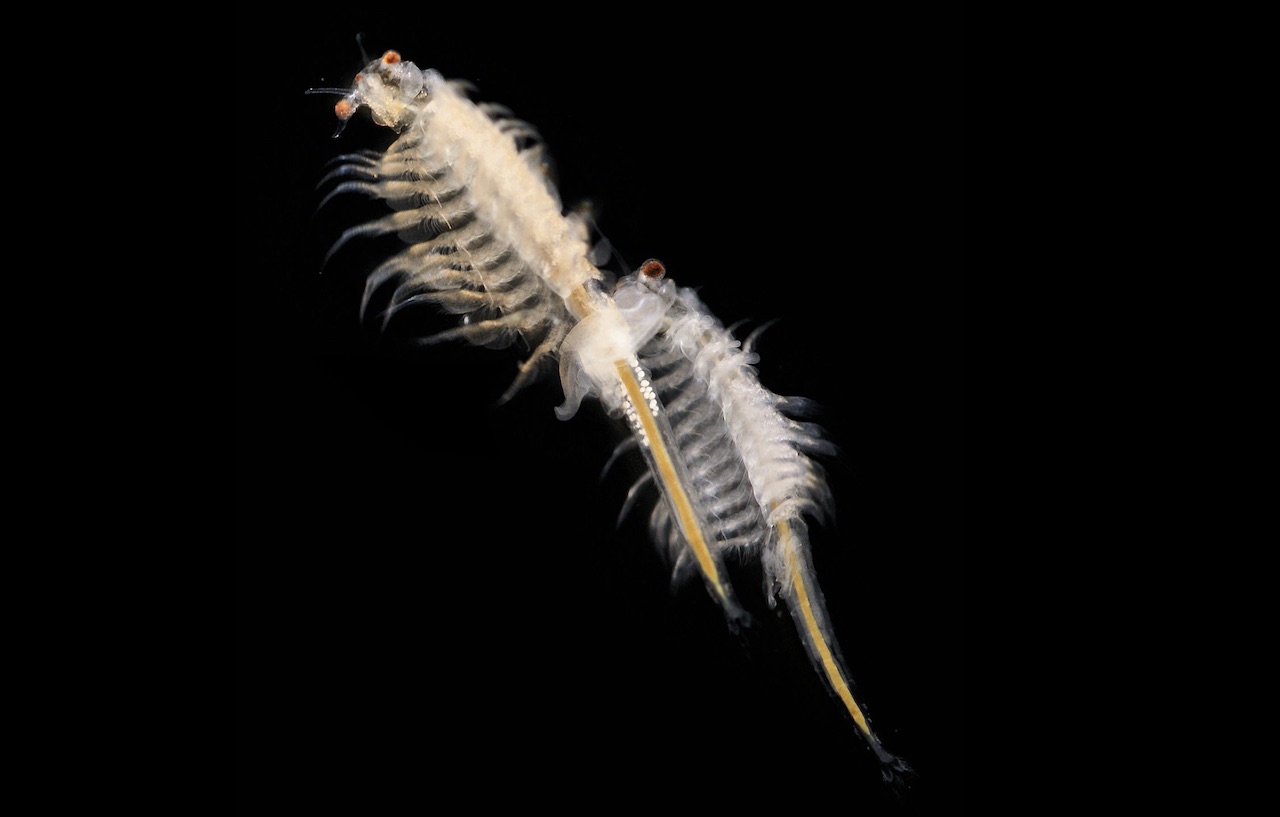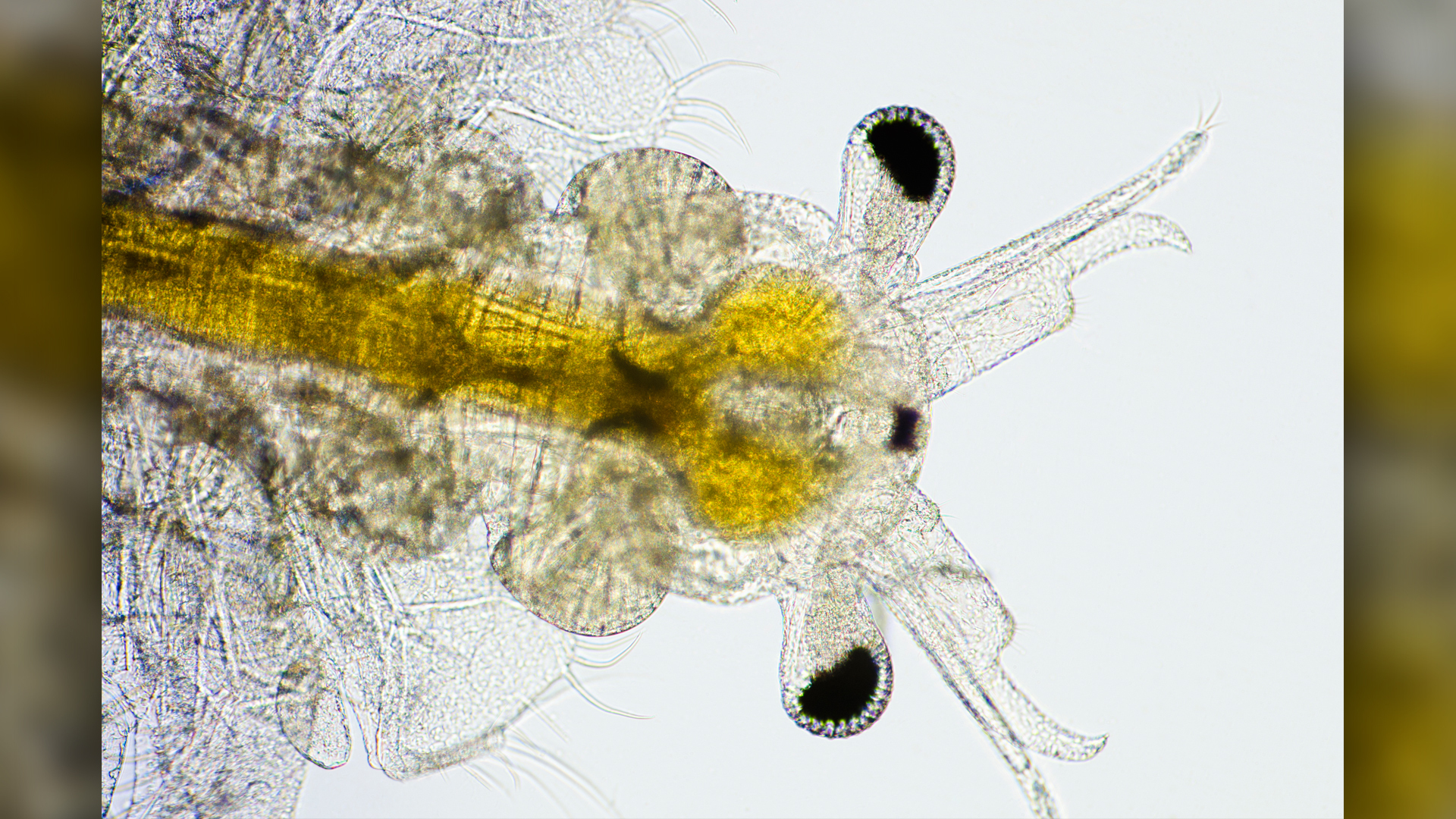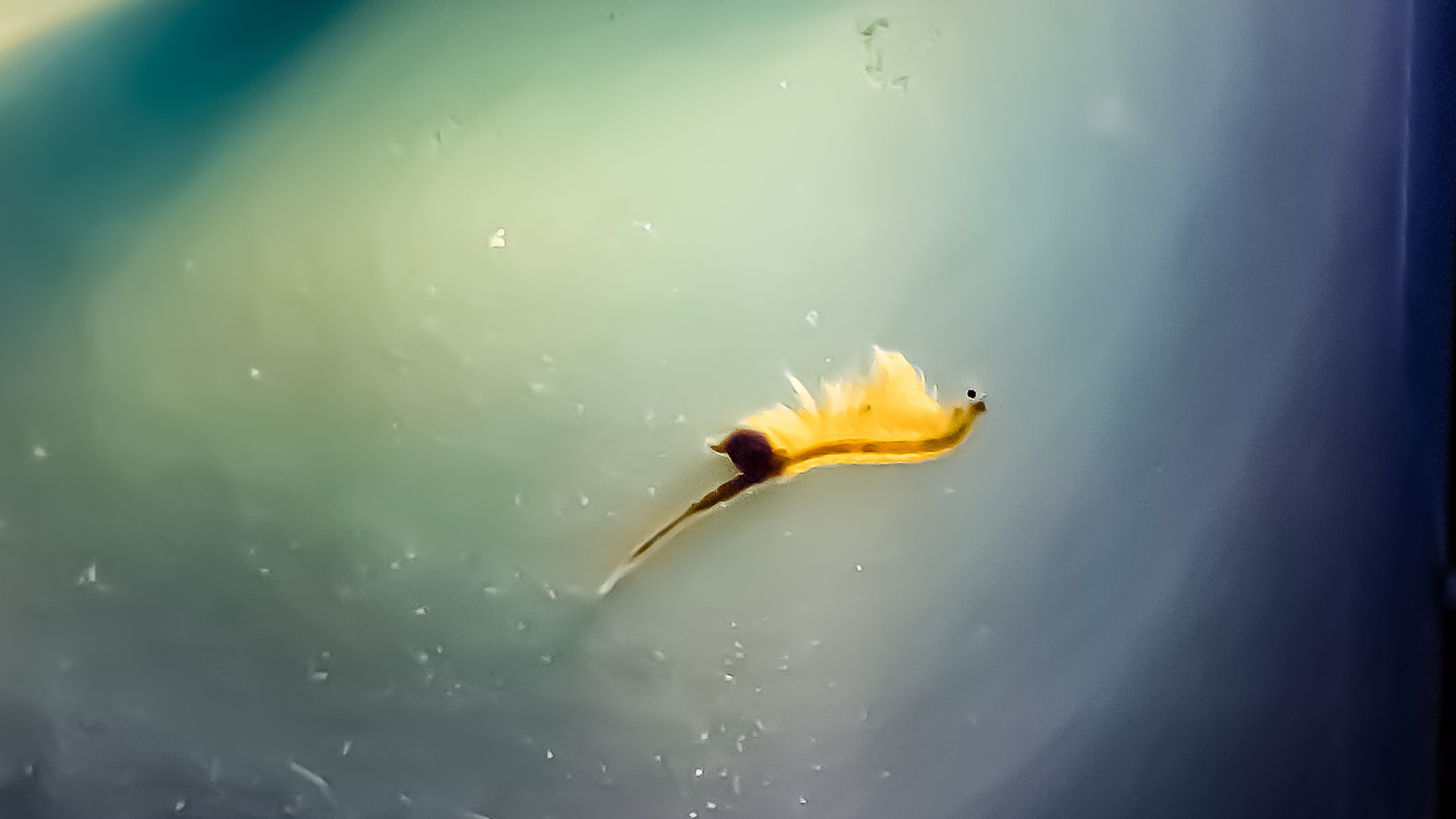What are Sea-Monkeys?
Sea-monkeys is the marketing term used for a hybrid breed of brine shrimp sold in packets of dust in aquarium shops.

Sea-Monkeys is the marketing term for a common type of sea creature: brine shrimp. As a product, Sea-Monkeys were first sold in 1950s. Sea-Monkeys are sold in packets of dust comprised of brine shrimp eggs in suspended animation. The process used to create these creatures is proprietary.
Despite their name, they're not monkeys. Sea-Monkeys are a hybrid breed of brine shrimp called Artemia NYOS produced in 1957 by Harold von Braunhut, according to the journal American Entomologist. Initially marketed as "Instant Life," Sea-Monkeys are sold in hatching kits as novelty aquarium pets.
The inspiration behind Sea-Monkeys came from a trip to a pet store, according to the Sea-Monkeys website. Von Braunhut saw brine shrimp being used as fish food and wondered whether they could be used to teach children about nature. He conducted experiments to find ways to preserve the brine shrimp and then bring them back to life.
According to EMBO Reports, the creatures, which have vaguely monkey-like tails that inspire the moniker, are derived from crustaceans that undergo "cryptobiosis." Cryptobiosis is a state of suspended animation that some creatures, such as tardigrades, can enter in times of adverse environmental conditions. Creatures can stay in this state indefinitely, then reanimate when conditions improve.
When a person buys a packet of Sea-Monkeys, they appear to be lifeless dust. But when the dust is put into a tank of purified water, the Sea-Monkeys gradually emerge. They grow steadily over the next few weeks, feeding on a diet of yeast and spirulina, according to the Microscopy Society of America (MSA).
Sea-Monkeys are born with one eye, and pop out two more upon reaching maturity, according to the journal Evolutionary Biology. They're translucent, and breathe through their feathery feet. They can reproduce sexually or asexually, and they chase flashlight beams.

Although Sea-Monkeys are not found in nature, other brine shrimp are. Artemia NYOS are a hybrid of Artemia salina, according to the book Reproductive Biology of Crustaceans.
Get the world’s most fascinating discoveries delivered straight to your inbox.
Artemia salina live in highly salty environments, such as brine pools, according to Encyclopaedia Britannica. They display similar leaflike limbs to Sea-Monkeys, which they beat to move. When they are freeze dried, Artemia salina eggs can last for several years, according to the book Medicinal Plant Research in Africa.
Additional resources
You can read more about brine shrimp in this publication by the British Ecological Society. Additionally, for tips about looking after Sea-Monkeys, read the Sea-Monkey Handbook.

Ailsa is a staff writer for How It Works magazine, where she writes science, technology, history, space and environment features. Based in the U.K., she graduated from the University of Stirling with a BA (Hons) journalism degree. Previously, Ailsa has written for Cardiff Times magazine, Psychology Now and numerous science bookazines. Ailsa's interest in the environment also lies outside of writing, as she has worked alongside Operation Wallacea conducting rainforest and ocean conservation research.



